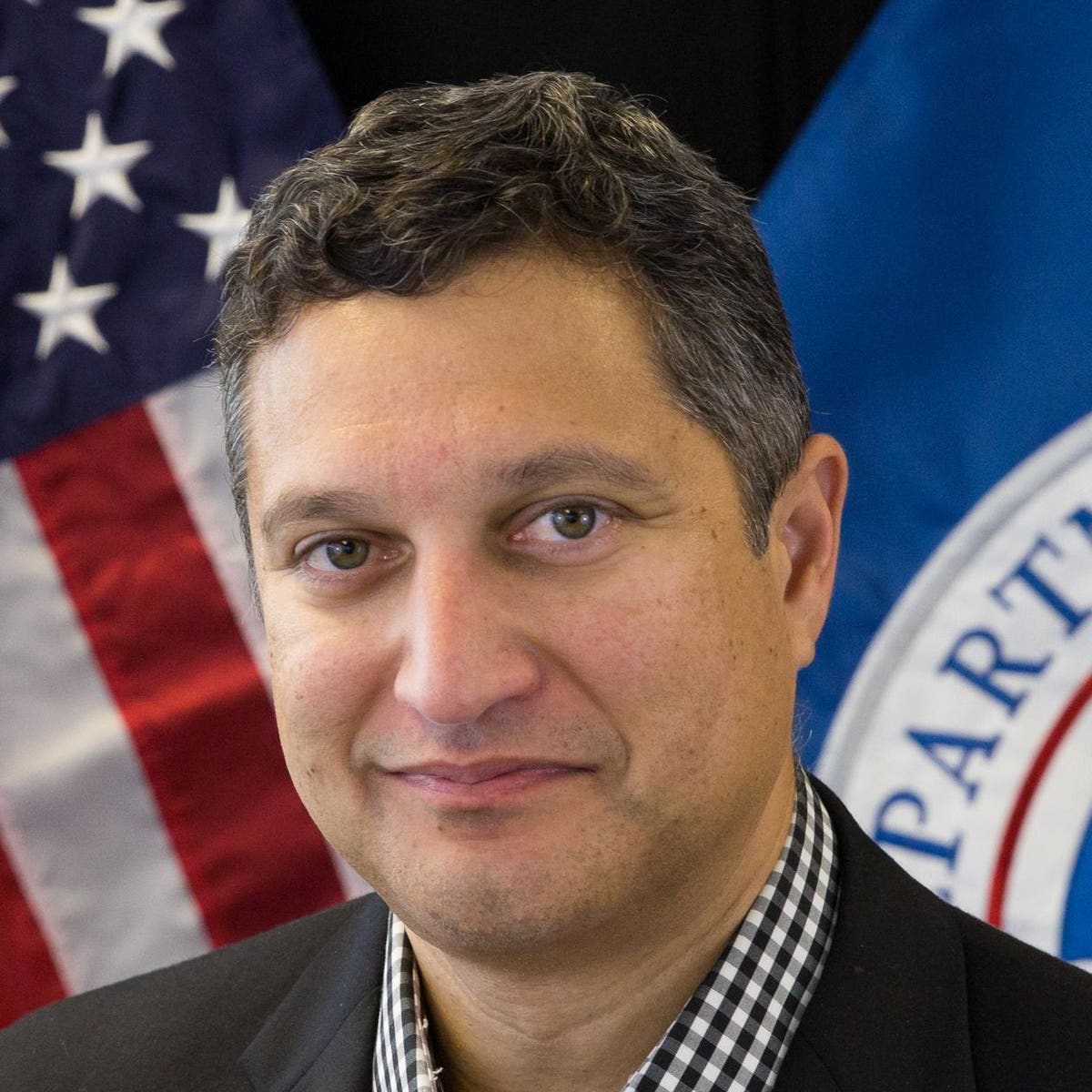One of the most important US government agencies that might be lesser known is the Cybersecurity and Infrastructure Security Agency, also known as CISA. As America’s Cyber Defense Agency and the National Coordinator for Critical Infrastructure, Resilience and Security, CISA leads a national effort to understand, manage and reduce risk to the cyber and physical infrastructure that Americans rely on every hour of every day.
In a recent interview on a GovFuture podcast, Martin Stanley who is the Strategic Technology Branch Chief, Office of Strategy, Policy, and Plans at CISA shared how the agency is dealing with constantly evolving threats to physical and cyber infrastructure as well as leveraging the capabilities of AI and quantum to deal with those threats.
The origins of CISA
In the podcast, Mr. Stanley shares that “CISA has long had its primary roots going all the way back to the initiation of our division, which was the National Cyber Security Division at DHS, which was an incident response shop. We have a long history of working with stakeholders in a trusted way to assist them in responding to the evolution of the cyber threat. Specifically what we do is we respond to particular incidents that are reported to us. Congress just passed the CISA legislation, which is an incident reporting requirement for certain entities to report cyber incidents to CISA for three purposes: One is for us to render aid. The second is for us to understand how others could potentially be at risk and then also to develop responses to these campaigns. And in that regard, the final purpose is to lead cyber responses. For example, the nationwide response to Log4J, the nationwide response to Solar Winds, and other major cyber incidents. That was all led by our agency.”
He continues, “On that note, AI represents a set of emerging threats in that malicious actors can use the increasingly powerful capabilities of AI, especially Generative AI, to create all sorts of havoc. Similarly, AI represents opportunities in that the use of AI can help to detect and thwart cyber and physical attacks.”
According to Mr. Stanley, “We provide resources. We do a lot of trend analysis. That gets to AI, where we can potentially do a lot better and a lot faster with the data that we have coming in from different sources to identify when there’s potential campaigns. And then, being able to quickly share that with the nation’s cyber defenders in an effective way. We can do it at the tactical, but also at the broadly strategic level as well.”
The impacts of emerging tech on cybersecurity
Continuing, Mr. Stanley states, “We look at all of these technologies, whether it’s artificial intelligence, quantum and other technologies from three perspectives. We look at it as how we can further our mission, how we can meet those technology gaps that we have. We’re very concerned about how our stakeholders are going to adopt and use these kinds of technologies in the context that it will change the attack surface that we need to assist them in protecting. And lastly, we’re very concerned as well with how our adversaries can leverage emerging technologies in order to change that threat landscape.”
To the point on collecting data while maintaining security and privacy, Mr. Stanley adds, “As an agency, as a department, I’ve been very impressed since I’ve been here in the last 10 years, how focused we are on the appropriate use, the lawful authorized use of the data that we collect for the purposes in which we collect it. We’ve got a lot of controls around that and we want to make sure that we continue to instantiate and make those controls happen so that we can preserve your reputation and in the good relationships that we have with our stakeholders. And, it’s really important, NIST just released the AI risk management framework. They’ve done an incredibly nice job of breaking down what trustworthiness means. And I think it really comes back to that these systems are about people. And people need to trust these systems.”
“And then on the quantum side, there’s multiple quantum initiatives,” Mr. Stanley shares on the podcast. “NIST has a lead on developing quantum secure algorithms. The biggest threat that quantum computing presents is the ability to break through some of our traditional encryption algorithms. And so, we’re in the final phases of testing and validating some of the finalists. And then on the CISA side, our function under FISMA is to work with federal agencies to help them to implement their cybersecurity programs and develop capabilities. We provide services, all of that kind of stuff to bolster and to improve the federal cybersecurity posture. We’re working at the interagency level to identify and quantify the threat space by assisting agencies.”
When it comes to cybersecurity, it’s clear that the landscape of opportunity and threats continue to evolve at an ever-increasing pace. This pace represents both new capabilities and new challenges, as shared in greater detail in the GovFuture podcast on this topic with Mr. Stanley.
Disclosure: Ronald Schmelzer is an Executive Director at GovFuture.
Read the full article here





